- Home
- Playstation
- Preview: We Played Anime Open World Ananta, and It Could Change Everything
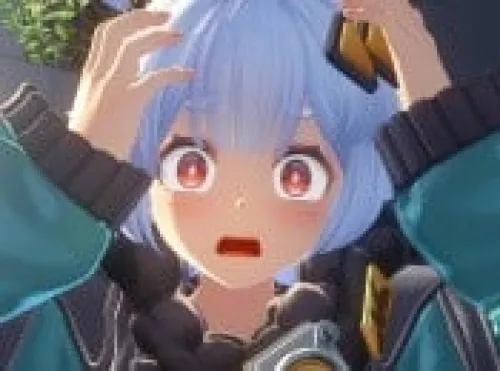
Preview: We Played Anime Open World Ananta, and It Could Change Everything
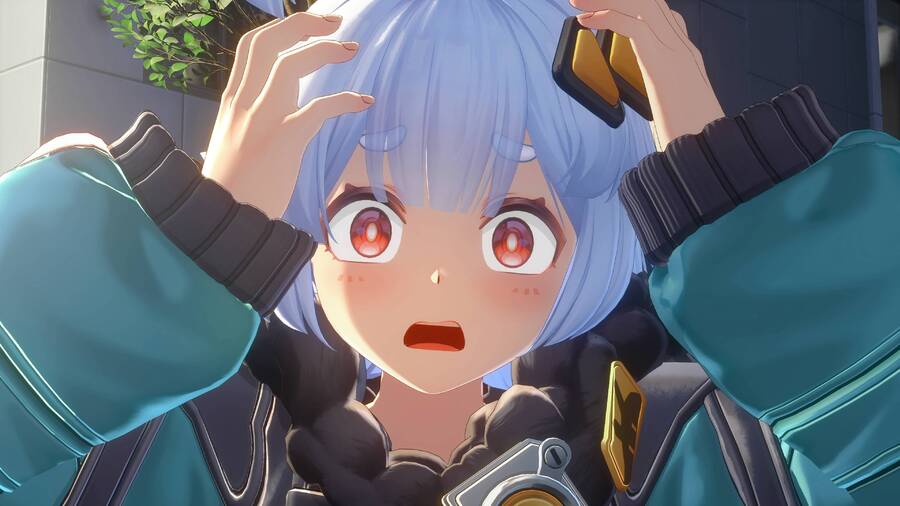
Two years prior, during our conversation with Ashley Qi from NetEase’s subsidiary Naked Rain, we directly questioned the Lead Producer: is Ananta – previously identified as Project Mugen – authentic?
He affirmed it was, and now, after experiencing a PC version of the exceptionally stunning anime open world for around 30 minutes, we can finally validate his assertions.
The title has evolved beyond just its name during this time, and when we reconnect with Qi afterward, we’re astonished to see him looking fresh despite the numerous late nights he and his crew have evidently dedicated to the project.
Nonetheless, positive responses act like a rejuvenating tonic, and we’re reuniting with the developer a few days after the game’s re-introduction trailer has garnered over 2 million views on PlayStation’s official YouTube channel.
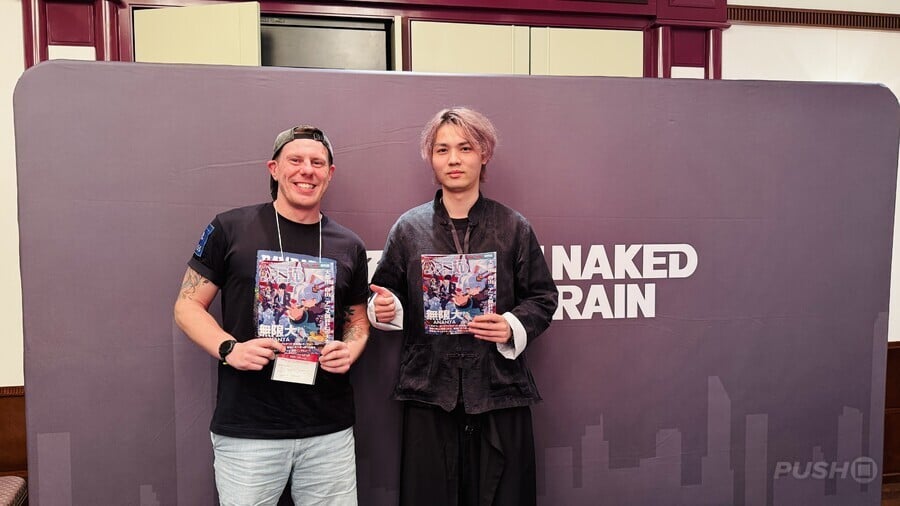
We inquire how he feels about that.
“We’re absolutely elated, indeed,” he smiles. “But more crucially, we’ve made significant advancements over the past two years. This is the most critical aspect. And we’re simply delighted to allow everyone to witness what we’ve accomplished during the previous years.”
Naked Rain has not only made strides: it’s crafted arguably one of the most remarkable games we’ve ever encountered.
The inspirations for the release run deep: Marvel’s Spider-Man, GTA 5, Batman: Arkham Asylum, and Uncharted 2: Among Thieves to list just a few.
Qi does not contest this, but he still believes his team has created something distinctive. He shares that the developer aims to cultivate a stylish experience that will resonate with younger audiences.
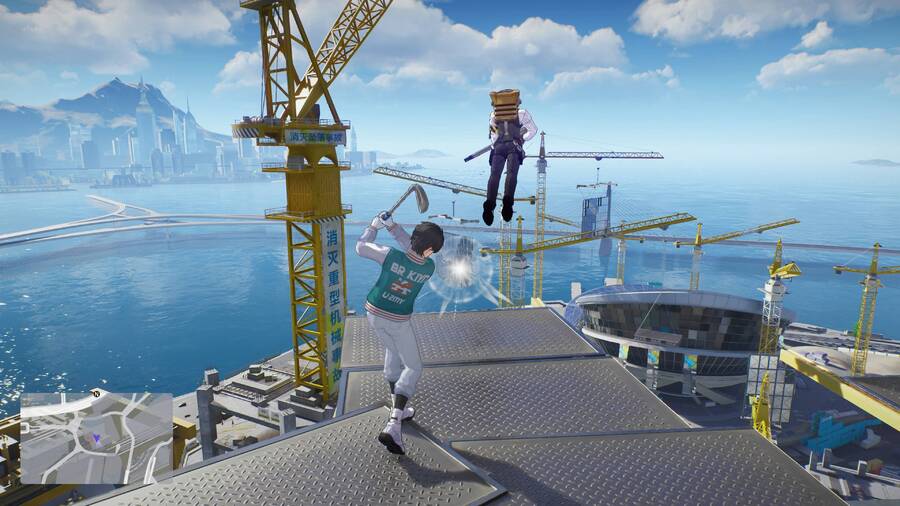
“This game focuses on the youth,” he explains. “It possesses a cool and trendy ambiance. We’re merging all of that within an urban setting, which makes it stand out.”
Our demo was divided into two segments: a story mission filled with set pieces which we previously discussed. And the chance to traverse the open world freely as various characters.
The story mission is a breathtaking spectacle; there’s no other way to depict it. While it’s heavily choreographed and doesn’t provide any freedom to deviate from its guidelines, in many respects, it serves as the ideal sampler as it showcases several of the release’s diverse systems.
You begin by battling a swarm of goons outside a diner, pressing R1 to strike and L1 to counter. The combat flow is almost analogous to Batman: Arkham Asylum, yet there are numerous contextual actions that the hero Captain will execute, such as hurling foes off car bumpers and ensnaring them with his Spider-Man-esque webs. (More on that later).
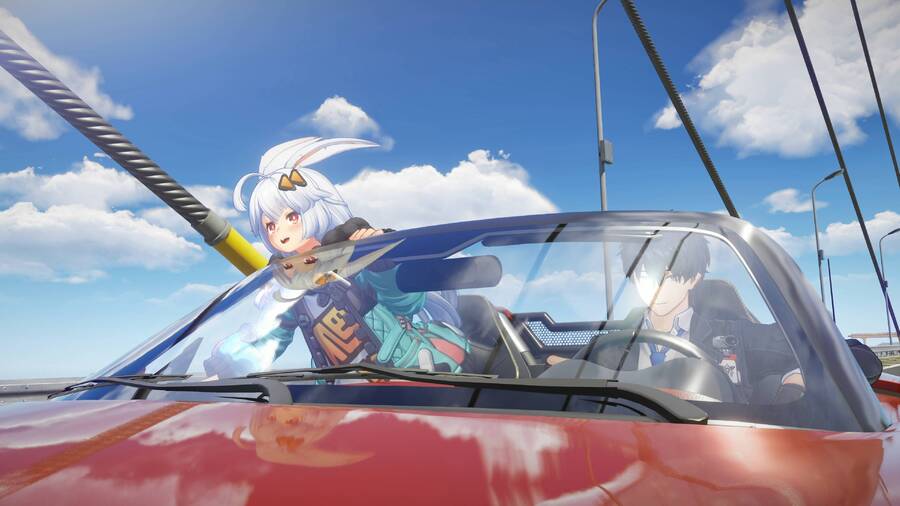
He also possesses telekinetic abilities for some unknown reason, allowing him to lift manhole covers and utilize them to inflict additional damage.
As the demo advances, he finds himself riding alongside an operative named Lykaia. This is a conventional on-rails shooter, where you’re eliminating foes from the passenger seat using a rifle, all while chaos erupts around you.
The two alternate positions throughout, so you also have to operate the vehicle for a stretch. The handling feels a bit loose and the drifting might require refinement, but it serves as a reminder that Ananta still hasn’t mastered every aspect in its toolkit – even if it’s alarmingly close.
As the demo progresses, Captain finds himself dragged along the pavement by a truck, clearly reminiscent of the Naughty Dog set-piece from Uncharted 4: A Thief’s End. It’s all breathtaking material, executed with an astonishing number of tailored animations.
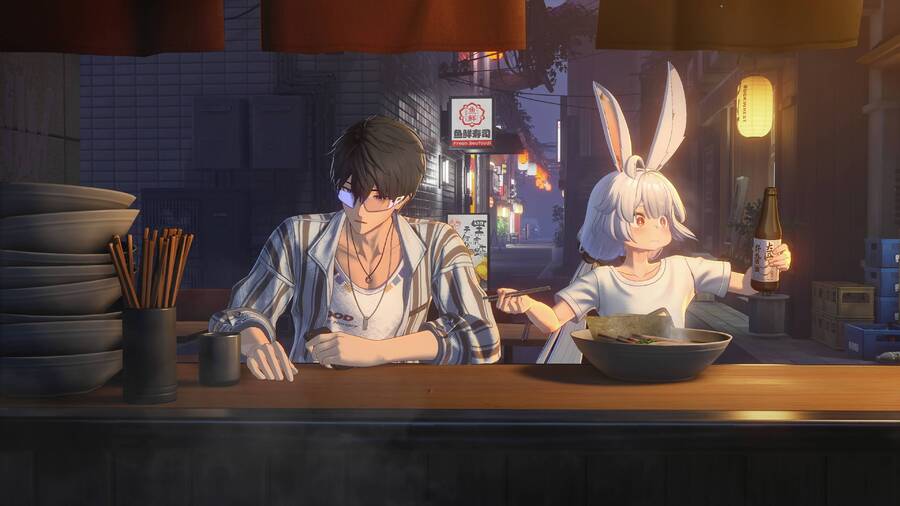
We ask Qi how his team managed to successfully implement so many varied mechanics.
“We’re not crafting those functionalities and attributes haphazardly, but with intent,” he clarifies. “We prioritize gameplay, but also the identities, skills, and roles of various characters. The crucial point is that we’ve developed different characters with unique gameplay styles to enable varied storylines.”
Which seamlessly leads us to the open world segment of our hands-on.
Entering the sandbox prompts a GTA 5-style descent into the metropolis, and we discover Captain – evidently a bit of a local figure at this juncture of the game – taking selfies with some captivated teen girls.
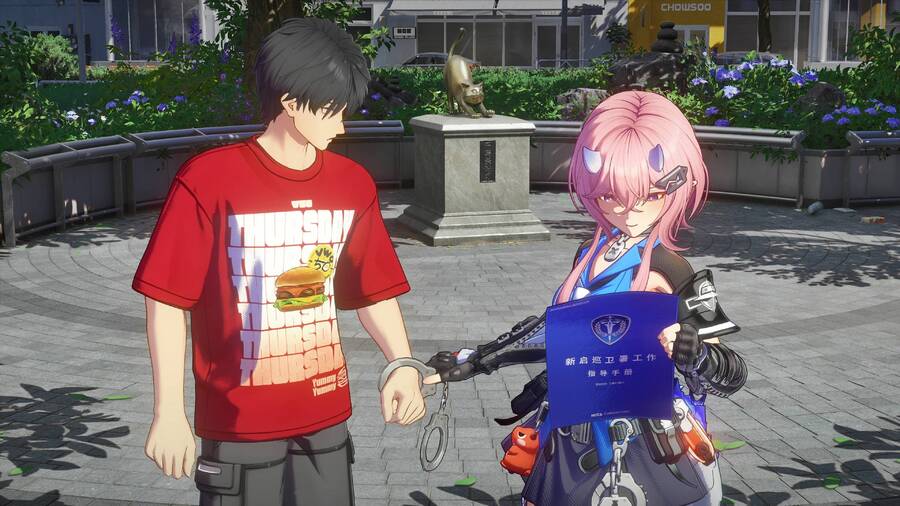
After the brief cutscene, the camera retreats and we gain control.
Captain operates differently from the other characters in the game because, as mentioned earlier, he possesses Spider-Man swinging abilities. The traversal functions similarly to Insomniac’s variation, but it feels… Well, truthfully, just as enjoyable.
The animations are impressive, and the pace feels appropriate; the only point worth mentioning is that the physics feel a bit floaty, but it’s still a work in progress, and that will likely be adjusted.
Switching to a different character, such as delivery driver Taffy, invokes the GTA 5 effect again – only this time you cannot swing.
“Taffy is a courier,” Qi informs us. “So, she excels at transporting goods. However, she is not adept at combat and other activities.”
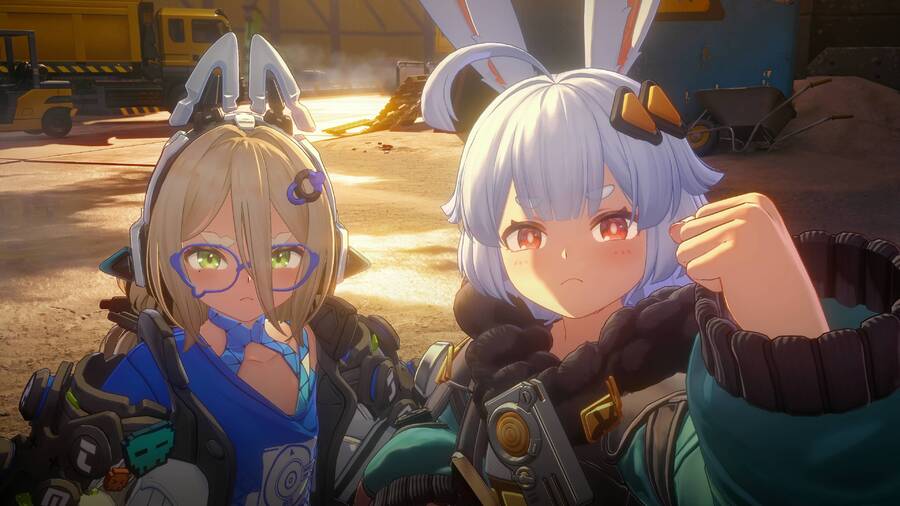
While it seems like Taffy
does possess the same fundamental combat skills as Captain, but we speculate she may be adjusted differently and inflicts lesser damage. However, she can summon a bunny-style segway, enabling her to zip around the city in a distinct manner compared to Captain.
As you navigate the open world, smaller events unfold.
For instance, we came across a gentleman trapped inside an ATM (the cash machines in this metropolis seemingly have teeth). Yet, a quick kick to it liberated the innocent individual, allowing us to proceed.
We paused at the nearby arcade to see if we could enter and, to our surprise, among the UFO Catchers and video game satirical references, we discovered a basic clone of Space Invaders that we could engage with for a small amount of in-game currency.
It’s important to mention that we only had 30 minutes in total to play and couldn’t possibly explore everything within that timeframe, but we just had to inquire with Qi, what’s the catch?
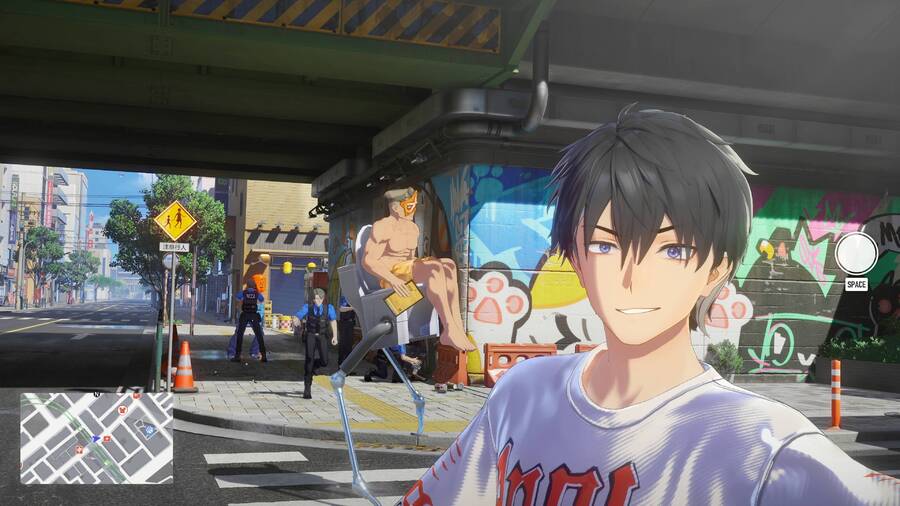
At this point, we’ve concluded that, perplexingly, Ananta is indeed a genuine game that plays quite solidly. Yet it’s also a free game with no character gachas.
We pointed out to Xi just how disruptive this business approach is likely to be.
“We still need to monetize the game,” he chuckles. “But we desire to forge a new model that’s not pay-to-win or anything of that nature.”
Ananta will sustain itself through the sale of cosmetics, although it’s ambiguous whether these will be included in a gacha system like in Infinity Nikki or not. He clarifies that you will be able to purchase some apparel using in-game currency, but rarer items may necessitate topping up your wallet similarly to, say, GTA Online.
For Xi and his team, however, the key to generating revenue is developing a game people want to engage with.
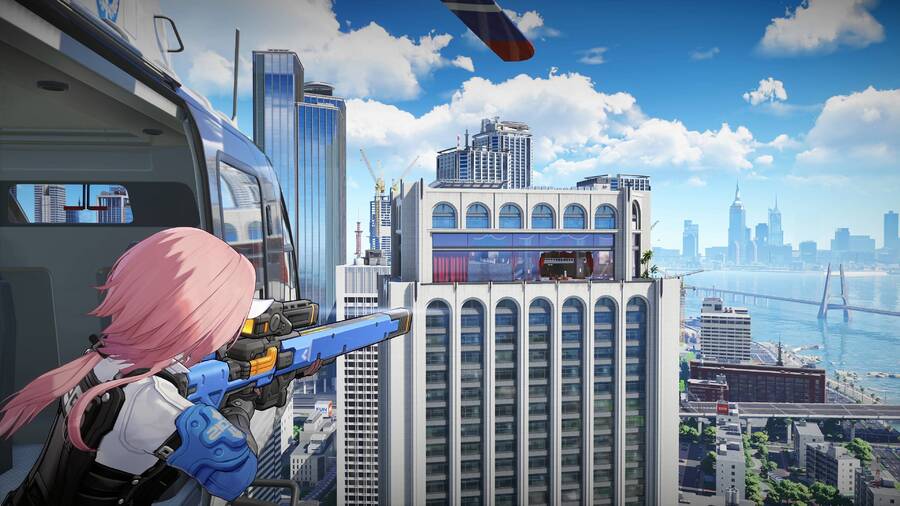
“We prioritize crafting a high-quality game to ensure we attract all players and fans to enjoy our game,” he observes. “And that’s the foundation before starting to earn revenue.”
We probe further: will the game have an update cycle akin to Genshin Impact, for instance, where new content and narratives are introduced approximately every six weeks?
“We will definitely implement regular updates,” he clarifies. “However, we are approaching things differently in some aspects. For example, we have a cinema in our city. You can actually watch a film within the game. Therefore, we might add new films the next time you play.”
He continues: “We will also introduce new professions to enhance the experience and influence the overarching narrative.”
But with numerous concepts already packed into the game, isn’t there a risk that the project may expand to a scale the developer simply can’t manage?

“It’s not limitless,” Xi remarks. “We assess each milestone and won’t simply keep adding ridiculously, but sensibly. Each milestone will guide us closer to our ultimate goal.”
No one at NetEase will reveal when the game is slated for release, but it’s evident the studio is on the brink of something extraordinary here.
Having engaged with the game, this is not smoke and mirrors – there are minor controller peculiarities, slight physics glitches, and the occasional frame rate stutter which in a peculiar way help emphasize this is the genuine article.
If the monetization is equitable and the quality remains consistent throughout, it’s not solely the gacha market that should be wary – this could also influence the conventional AAA realm.
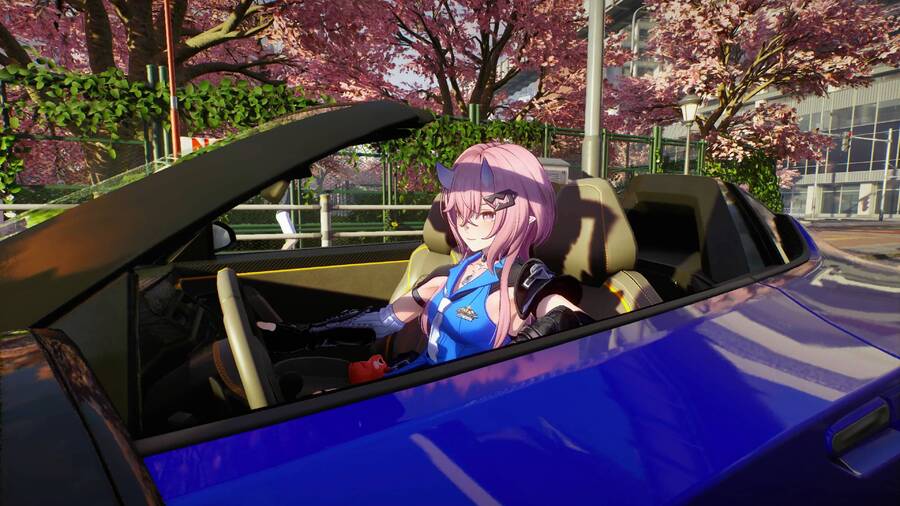
Thanks to Ashley Qi and the entire NetEase team for taking the time to meet with us. Please note, this interview has been lightly revised for clarity. What are your impressions of Ananta thus far? Share your thoughts in the comments section below.
